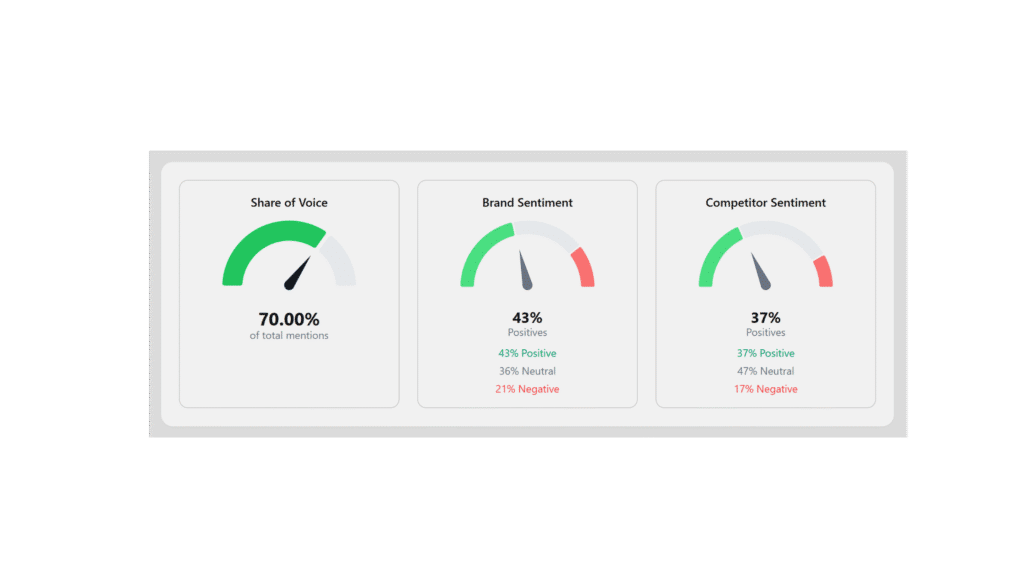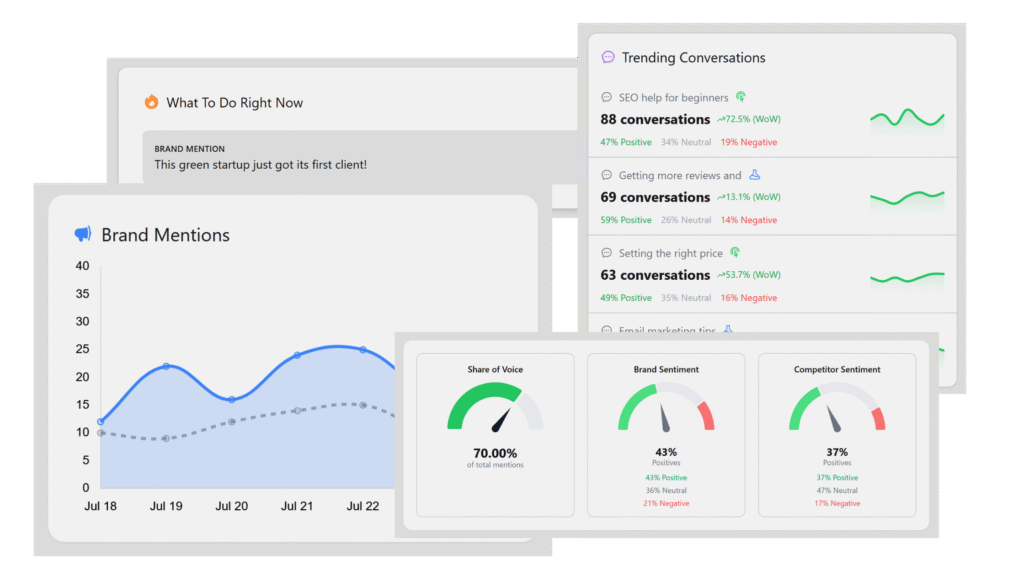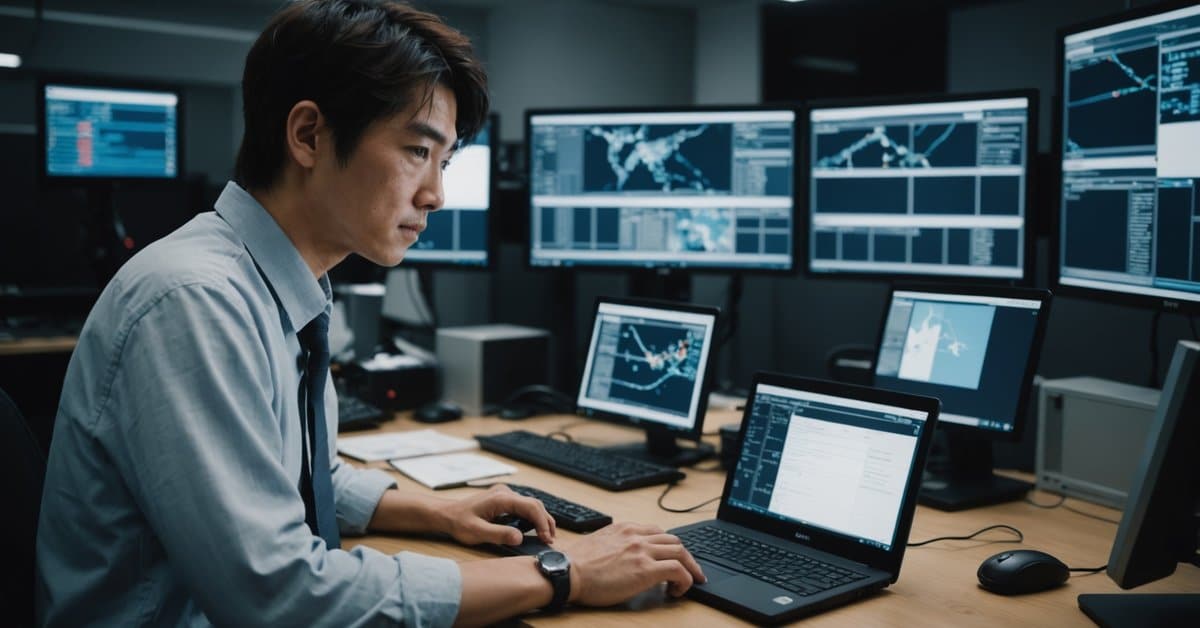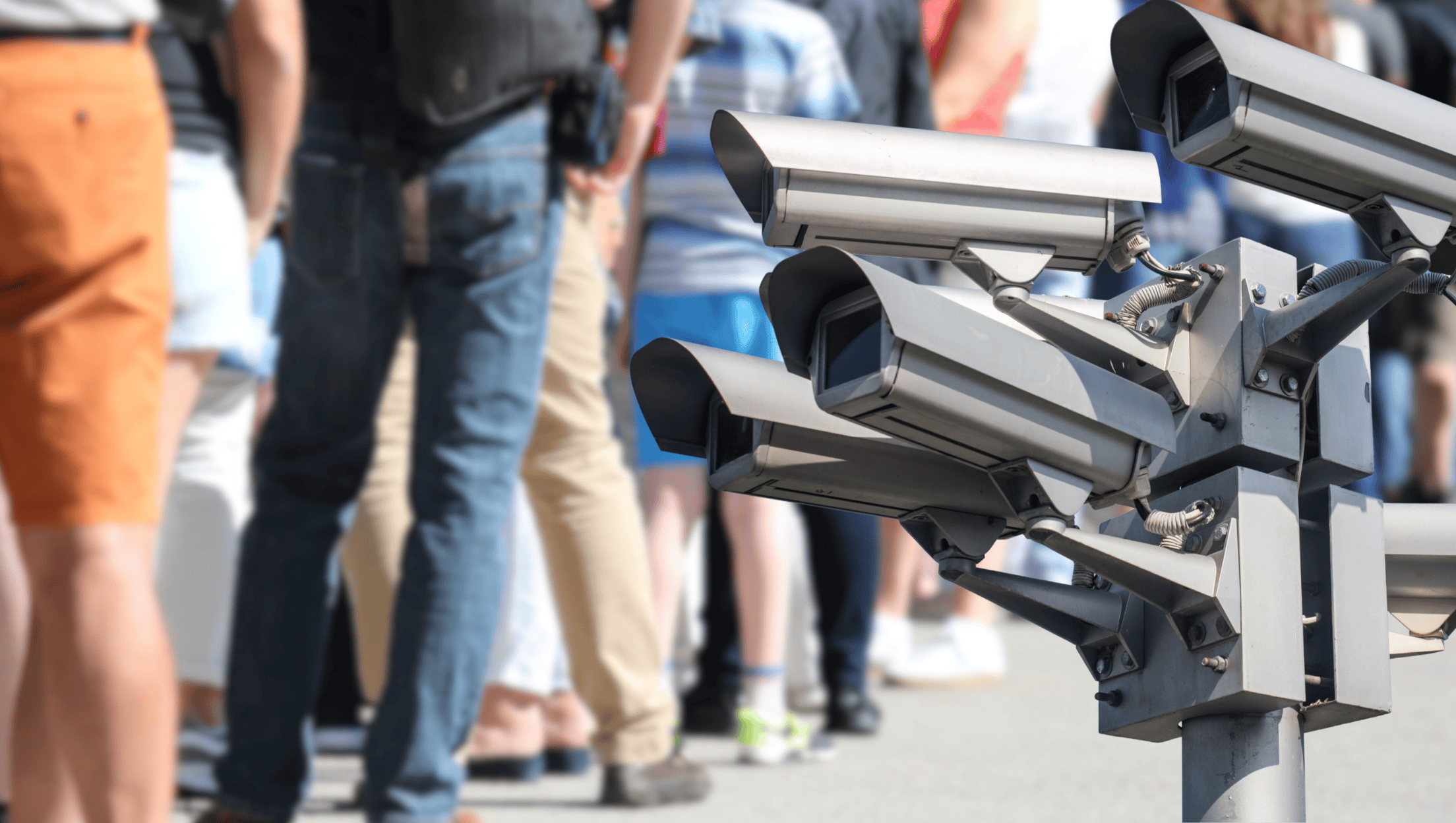If you’re searching for social media monitoring, chances are you’re looking for ways to better understand your audience, manage your brand’s reputation, or gain a competitive edge in real-time. Maybe you’re overwhelmed by the firehose of tweets, tags, mentions, and memes, and you’re wondering how to make sense of the noise.
As a marketing executive, I can tell you that monitoring is a strategic advantage. Social media monitoring helps you listen, learn, and act faster than your competitors. Let’s unpack what that looks like.
What Is Social Media Monitoring?
Social media monitoring is the process of tracking and analyzing conversations across social platforms to uncover mentions of your brand, competitors, products, industry trends, and customer sentiment. It’s about listening to what’s being said, not just counting likes and shares.
It’s not the same as social media management (which focuses on posting and scheduling), or analytics (which focuses on performance metrics). Monitoring is about observation and insight. It’s commonly used by marketing teams, but it also impacts sales, product, and and other aspects of the business.
Social monitoring tools like Karmatic.ai help marketers track brand mentions, highlight relevant topics, and monitor audience insights for a variety of uses. And all of it happens in real time.
Why Social Media Monitoring Matters
Protects Your Brand Reputation
A single negative tweet can snowball into a crisis. Monitoring helps you spot issues early, respond with context, and manage narratives before they spiral. According to the FCC, real-time communication is essential during public information crises, making monitoring even more critical during emergencies. And that’s true across social media platforms.

Improves Customer Experience
People expect quick, thoughtful responses when they reach out on social media. Monitoring ensures your team sees and responds to comments, complaints, or questions. That’s true even when your handle isn’t tagged, which is important.
On brand mentions vs. related conversations: Think of how many conversations happen around a brand that don’t mention that brand specifically.
One example might be a huge international coffee chain. Not everyone is going to call it by name, but a smart social media team will look for trends on specific drinks served at the chain, specific locations served by the staff, and common requests or challenges they encounter. Spikes in any of these mentions can provide valuable insight far beyond a brand mention.
Uncovers Industry Trends
By following hashtags, keywords, or competitor conversations, you can spot emerging trends or shifts in public sentiment. This gives you a head start on adapting your content or strategy accordingly.
And beyond sentiment, finding new topics from within the customer community can be invaluable for product development and sales efforts. A marketing team that brings real-world research across multiple social media channels can drive the company in new directions quickly, decreasing time-to-launch and maximizing overall campaign impacts.
Supports Campaign Optimization
Monitoring helps you understand how people are reacting to your latest campaign in real time. That feedback loop lets you pivot mid-campaign, double down on what’s working, or address confusion if needed. This is one mid-funnel strategy that often gets overlooked by teams only evaluating direct engagement like Facebook clicks, Instagram likes, BlueSky reshares, or Reddit mentions.
How to Start Monitoring Social Media Effectively
Here’s a quick four-step guide on how to monitor social media channels. There are many ways to do this, but this is the simple, effective way that minimizes cost and time to launch.
1. Choose Your Tools
Platforms like Karmatic.ai, Sprout Social, Meltwater, and Brandwatch are popular. But you can also set up manual alerts and use platform-native tools if you’re just getting started.
Make sure your tool includes sentiment analysis and customizable alerts. Bonus points if it’s user-friendly and has good reporting features.
2. Define What to Monitor
Track:
- Your brand name and product names
- Common misspellings
- Key executives
- Industry keywords and marketing campaign hashtags
- Competitor names
- Variations on all of the above
3. Set Up Listening Queries
Build Boolean search strings or keyword groups for different purposes (brand health, product feedback, crisis monitoring, etc.). Be specific and refine regularly. You can skip this step with more advanced tools like Karmatic.ai, which uses machine learning and LLMs to do most of this for you.
4. Analyze Patterns, Not Just Posts
Look for sentiment trends, influencer clusters, or recurring questions. What’s gaining traction? What’s missing the mark? Use this insight to inform everything from content to customer support to product development.
And don’t forget to set notifications. Finding unusual trends like spikes on specific topics or a shift in overall sentiment can be a good time to address issues. These abborations can sometimes spark the most effective marketing campaigns.

Social Media Monitoring in the Public Sector
Social monitoring isn’t just for businesses. Government agencies use it as a critical part of their communication and public service strategies. Public health organizations, emergency management teams, and local governments rely on social data to stay ahead of emerging issues, understand community concerns, and respond with timely, accurate information.
For example, the Centers for Disease Control and Prevention (cdc.gov) uses social media monitoring to detect early signs of disease outbreaks, track the spread of misinformation, and gauge public sentiment around health initiatives.
If a new flu strain is mentioned more frequently in regional forums or if vaccine misinformation starts gaining traction on Facebook or Reddit, the CDC can take action faster than through traditional reporting channels. This real-time insight helps shape public health messaging, allocate resources, and prevent small issues from becoming large-scale crises.
State and local agencies follow a similar model. They listen to social conversations to track disaster response, monitor community needs during severe weather events, and provide updates when systems like transit or utilities are disrupted. When done right, social monitoring becomes a two-way street. It helps government agencies listen, adapt, and communicate in ways that feel more connected to the public they serve.
FAQs About Social Media Monitoring
Q: Is social media monitoring legal?
Yes, if you’re monitoring public content. Just don’t access private messages or violate user privacy. Follow platform terms and regional data regulations.
Q: What’s the difference between monitoring and listening?
Monitoring focuses on brand mentions and keywords. Listening goes deeper. It looks for intent, sentiment, and context to uncover insights and trends.
Q: Do small businesses need social media monitoring?
Absolutely. Even if you’re not being tagged, people may still be talking about your brand. Ignoring those conversations is like not answering the phone when a customer calls.
Q: How often should I check my monitoring dashboard?
Daily, if possible. Especially during campaigns or product launches. Set real-time alerts for high-priority issues.
Final Thoughts
Social media monitoring is no longer optional. It’s essential. When used right, it’s your secret weapon for faster decisions, smarter marketing, and stronger brand trust. And when used strategically, it can be a fundamental tool for effective AEO. Think of it as a form of executive-level empathy. You’re tuning in to what your audience is feeling, saying, and needing in the moment.
If you want to lead with agility, you have to listen with intention.


